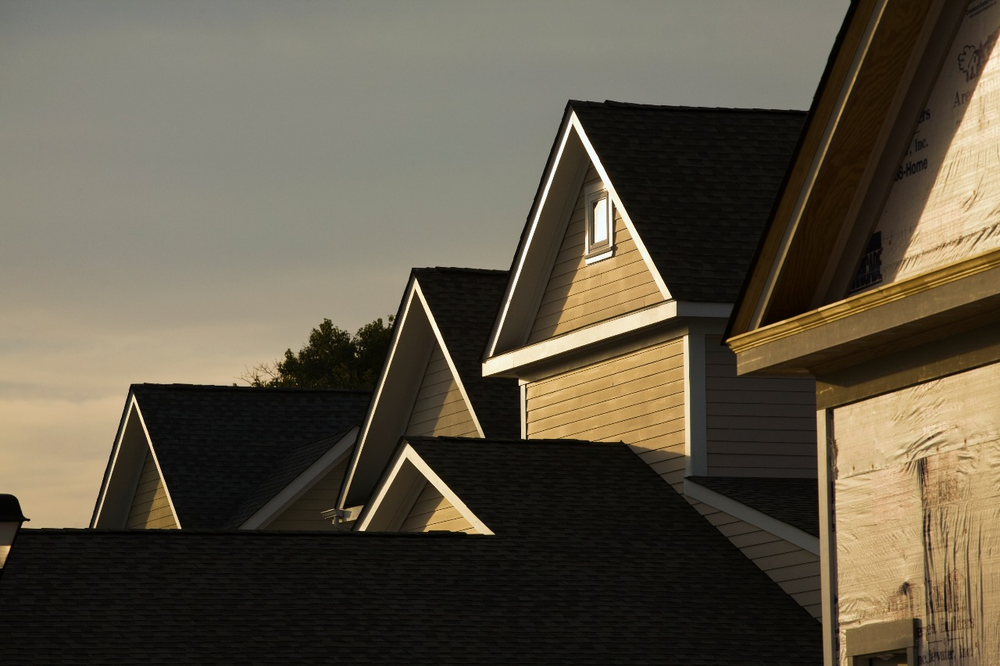
Solar installations in the United States have skyrocketed over the last 15 years. The falling cost of solar panels and installation has certainly played a role in how many people are turning solar energy. In 2010, solar contractors promised customers that it would cost about $5.79 to produce a watt of power. In 2020, the price-per-watt had fallen to about $1.25.
However, the amount of energy your solar power system generates depends on a variety of components. When you hire a solar company for your installation, ask them to determine how the following factors will affect your home’s solar energy production.
Your Local Climate
Climate can hinder solar or help energy production. If you live in a place with heavy cloud cover and lengthy rainy seasons, you can expect to benefit less than someone living in an area with abundant sunshine.
Many people mistakenly believe that a cold climate will harm their solar energy production, so they’re surprised to learn that the opposite is true. Solar systems tend to work better in more moderate climates. Extremely hot temperatures can make solar panels less efficient and prevent them from producing as much power as possible. Even if you have more sunlight exposure, your system might produce less electricity than someone living in a sunny but temperate area.
How Much Sunlight Reaches Your Solar Panels
Most homeowners choose to have solar contractors install systems on their rooftops. The roof is an obvious place for solar panels because it’s otherwise unusable space and usually has a broad area that receives direct sunlight.
Not all roofs get direct sunlight, though. Do you have a lot of trees that cast shadows where the solar panels will sit? Will taller buildings shade your panels from the sun? These problems can affect your energy production significantly. You should also consider tilting your solar panels according to the changing seasons. The sun is higher in the sky in summer, so your solar panels can have a lower angle. In winter, they need a higher angle.
Solar Panel Efficiency
Never assume that all solar panels have similar levels of efficiency. Most solar panels are 15% to 20% efficient. The very best solar systems can reach 23% efficiency.
Solar technology has improved a lot over the last few years, but there is still plenty of work to do. That doesn’t mean you should wait for more efficient options to reach the market. Anything at 20% or above is quite good.
Talk to your solar contractor to determine what system will meet your budget and be optimal in your environment.
Your Latitude
The length of time that sunlight shines on your solar panels increases the amount of energy your system can produce. The best results show up in solar systems located closer to the equator, because that’s where you get the longest days and most direct sunlight.
The farther you move from the equator, the shorter the days become and the less direct light your solar panels receive over a day. Typically, residential systems work well until you go too far north or south, for example in northern parts of Canada. You should expect slight decreases in production as you move farther from the equator, but that doesn’t mean your actual panels become less effective. Working with a qualified solar provider will ensure that you get the maximum output for the area you live in.
These 4 components just scratch the surface of factors that determine your home’s solar energy production. For more information, talk to Mynt Solar. They understand the nuances of your region and will help you choose a system that works for your household.
